Introduction
Low Maintenance Shrubs I’m guessing you are standing in your yard as you read this, looking weary as you hold the pruning shears, and wondering, “surely there’s a better way?” Trust me, I’ve been there! After years of dedicating my weekends to wrestling overgrown shrubs, I found the life-changing world of low maintenance shrubs.
Imagine this: a beautiful landscape maintained by the pros, except you haven’t touched those pruning shears in months. Sounds too good to be true? It’s not! These amazing plants are nature’s present to harried gardeners, overworked parents, and anyone who would rather hang out with a coffee on Saturday morning than a hedge trimmer.
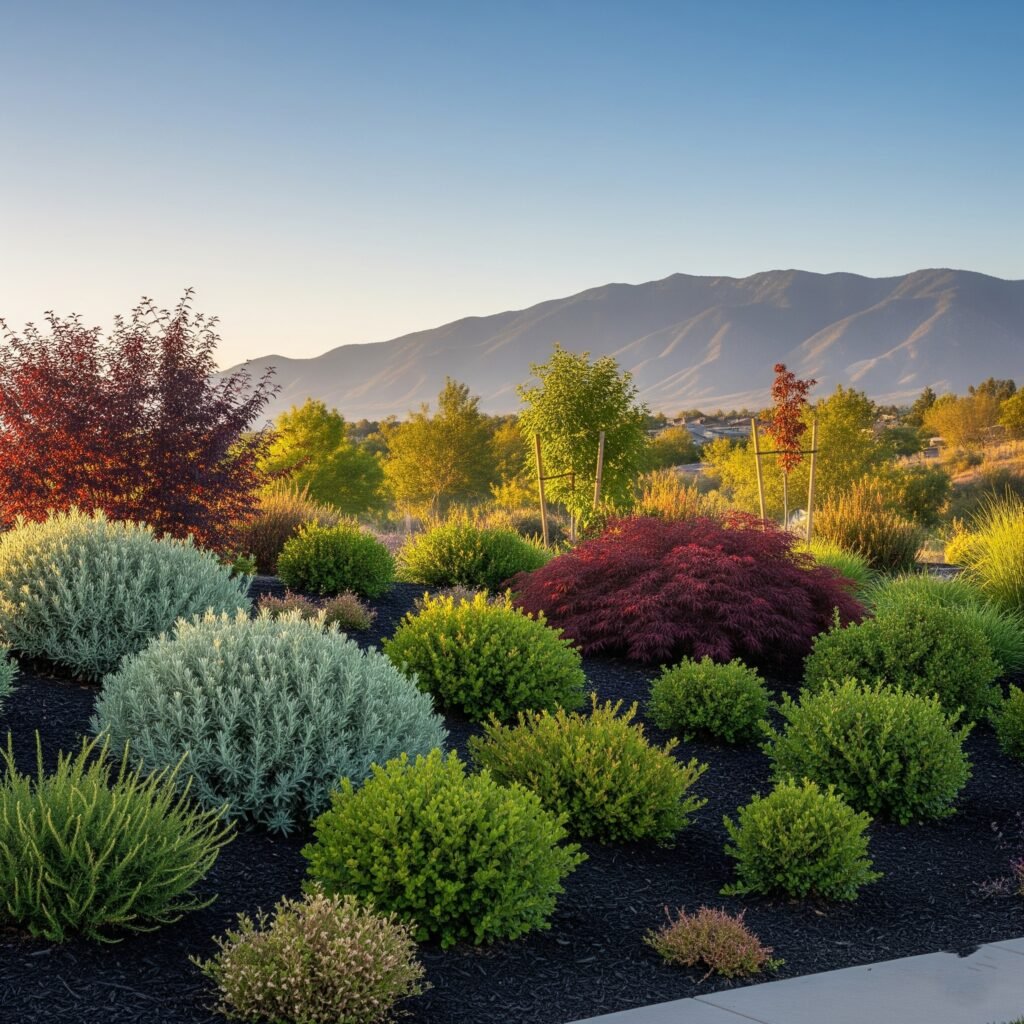
My Favorite Evergreen Workhorses
These are the backbone plants of any lazy gardener’s paradise. Trust me, once you plant these beaThese are the essential plants for gardeners seeking to relax. Trust me, once you plant these dandies you will think to yourself, “Why does anyone bother with anything else that’s so high-maintenance?”
1. Inkberry Holly – A Boxwood Destroyer
I have to say, I was skeptical when my landscape designer friend suggested inkberry holly as a good boxwood alternative. “It can’t possibly look half as nice,” I thought. Boy, was I wrong!
What Makes It Amazing:
- Makes perfect balls, every time, no manipulation required (seriously, it’s like magic!)
- Will survive everything from drought to ice storms
- Stays green all through the winter, when everything else is dead
- They also adore the small blackberries.

2. Japanese Holly – Boxwood’s Brainy Brother
After I lost three boxwoods to some mysterious disease (don’t get me started on that nightmare), I found Japanese holly varieties such as ‘Steeds’ and ‘Brass Buckle.’ Best. Decision. Ever.
Why I’m Obsessed:
- Looks just like boxwood (your neighbors will never know the difference.)
- Takes the summer heat like a warrior
- ‘Brass Buckle’ remains adorably compact at only 18 inches.
- Never gets those unsightly bare spots of my old boxwoods
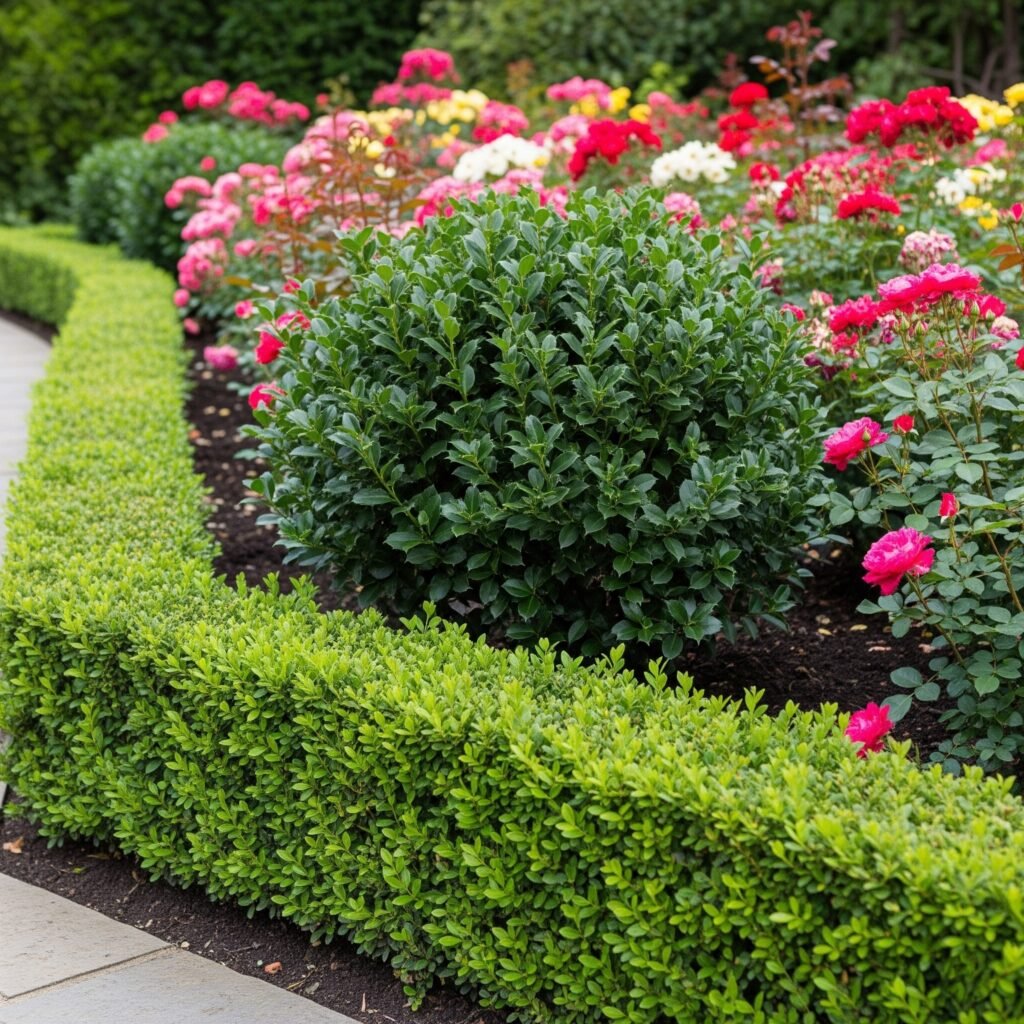
Related : Fast-Growing Trees: 15 Best Species for Quick Privacy Screen
3. Arborvitae That Actually Behaves
Wipe elements associating with arborvitae from your mind! Some newer styles such as ‘Pancake’ have changed the game completely. These are not your grandma’s sprawling, unwieldy-evergreens.
What Makes Them Special:
- Flat-topped and perfectly round as nature intended (which is, indeed, how they got their name)
- Gentle touchable foliage that won’t scratch
- Thick enough to block anyone’s view, but thin and compact to fit in small areas
- Never outgrows its welcome
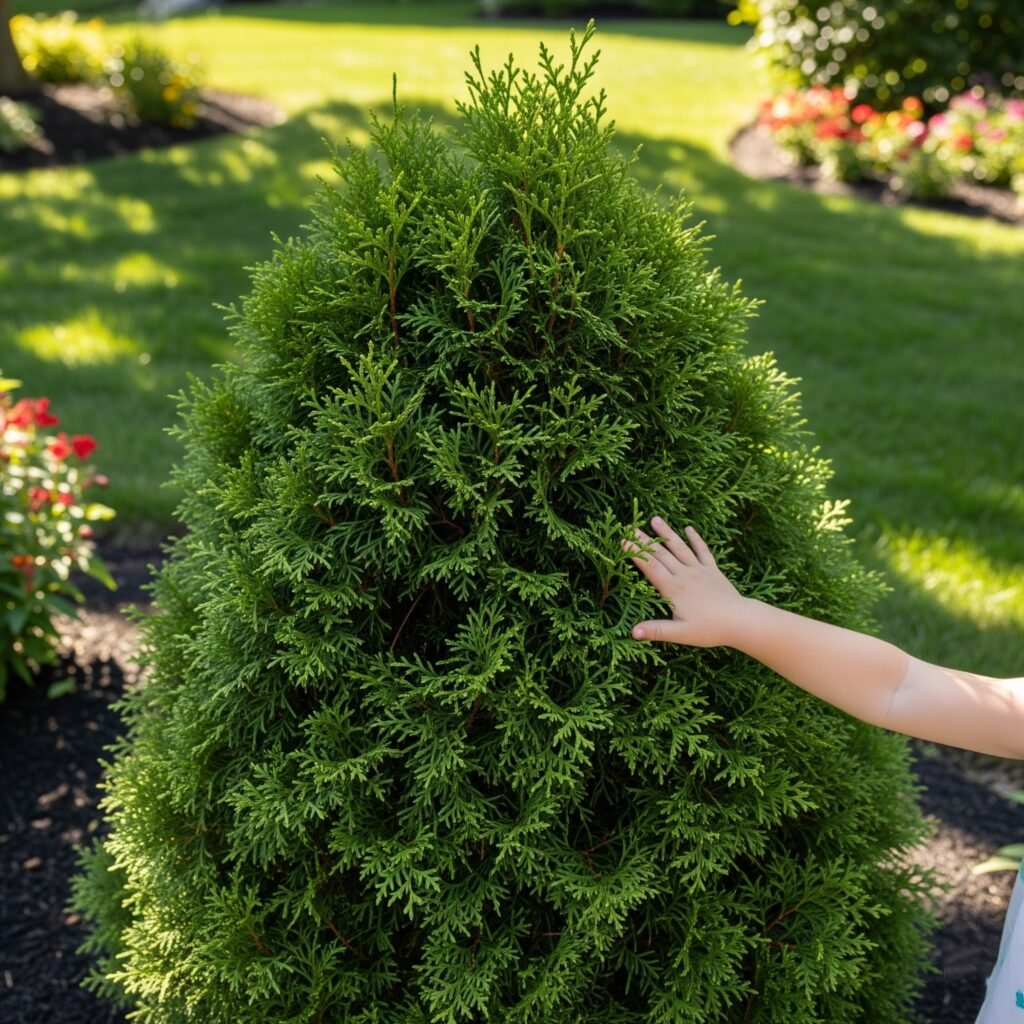
4. Mahonia – The Thug in the corner
When my landscaper offered mahonia for that impossible dry shade spot under my oak tree, I was skeptical . “Nothing grows there,” I said to him. Fast forward three years, and my ‘Compacta’ mahonia is doing great and is one of my favorite icebreakers.
Why It’s Permanent Collection Worthy:
- Those spiky looking leaves are thorny dream weavers.
- Early spring flowers are bright yellow in color when nothing else is blooming
- Blueberries that the birds fight over
- Literally not had to water it since the first year

5. Mugo Pine – Small but Mighty
I almost overlooked mugo pine because I figured, “all pines get huge.” Thank heavens my neighbor convinced me to plant the dwarf variety! This little dynamo has replaced the recommendations of about everyone I know who’s looking for that classic pine appearance and wants to avoid classic pine issues.
What Won Me Over:
- It’s mounding beautifully with no intervention on my part
- Thick enough to appear full and lush throughout the year
- Takes drought, heat, cold in stride
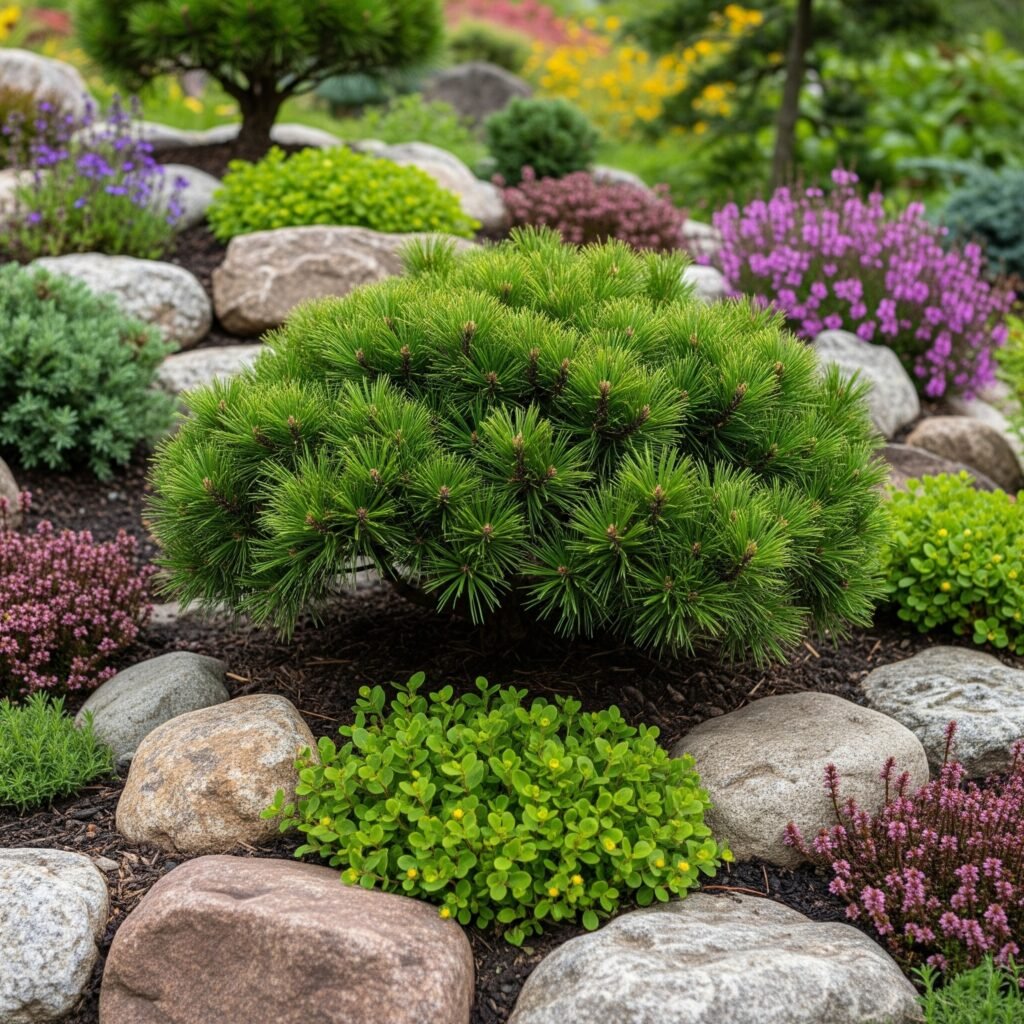
6. Spirea – The Overachiever
I put in my first ‘Magic Carpet’ spirea five years ago, and it has ended up being the gift that keeps on giving. a kid off the street All websites listed here have sat on the BS for me many times then proceed to warm the shit out this pussy and then drive me completely wild with their other talents.
Why I’m a Spirea Convert:
- Blooms in cycles(telling spring and summer and sometimes fall!).
- The leaves are a work of art-live gold tipped in red.
- Naturally stays compact and rounded
- Attracts butterflies like crazy
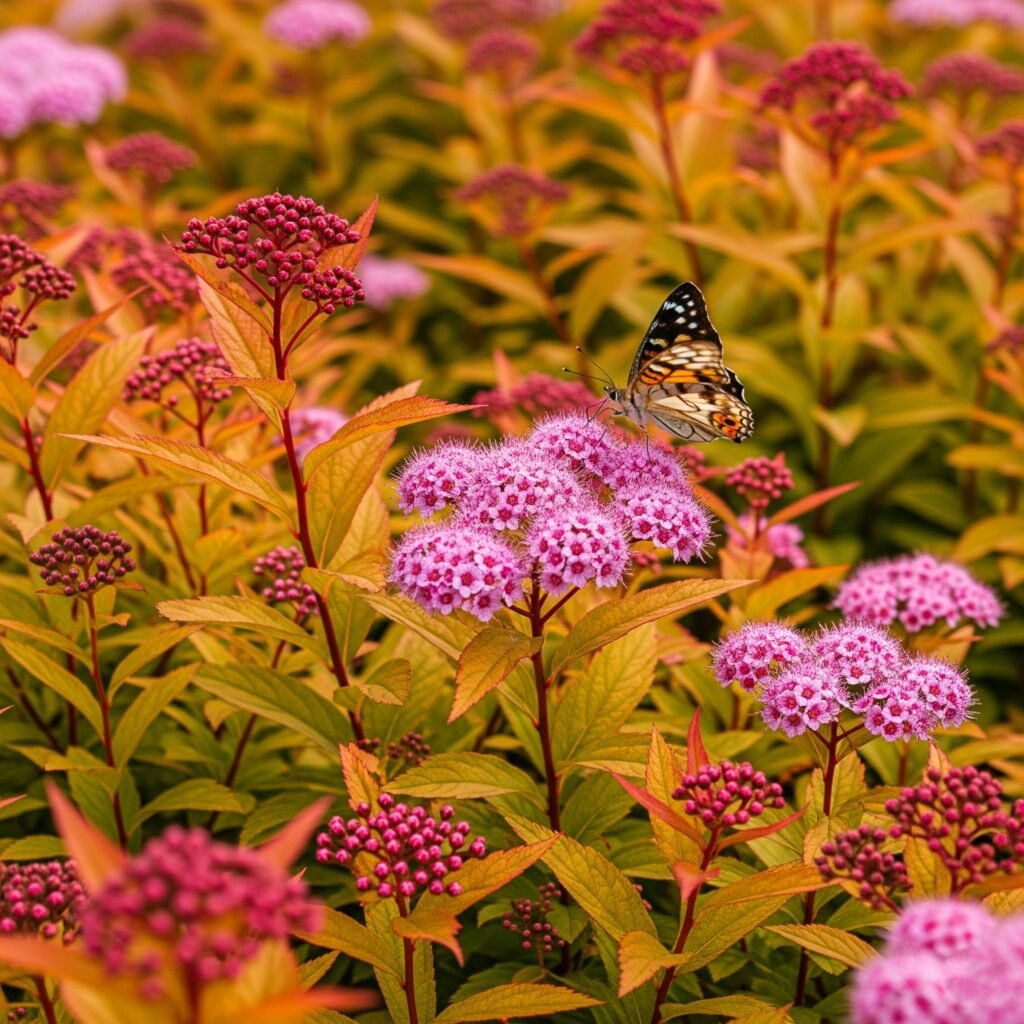
7. Modern-Day Azaleas: The Same Old Favorites
Years of fighting leggy, fussy azaleas, I found the ‘Perfecto Mundo’ series. These modern hybrids have all the beauty of classic azaleas, but the manners I’d always wanted them to have!
Game-Changing Features:
- Double blossoms that resemble little roses
- Blooms in the spring, goes dormant in the summer and blooms again in the fall
- Stays naturally compact and full
- Fab in shades that make you stop and stare
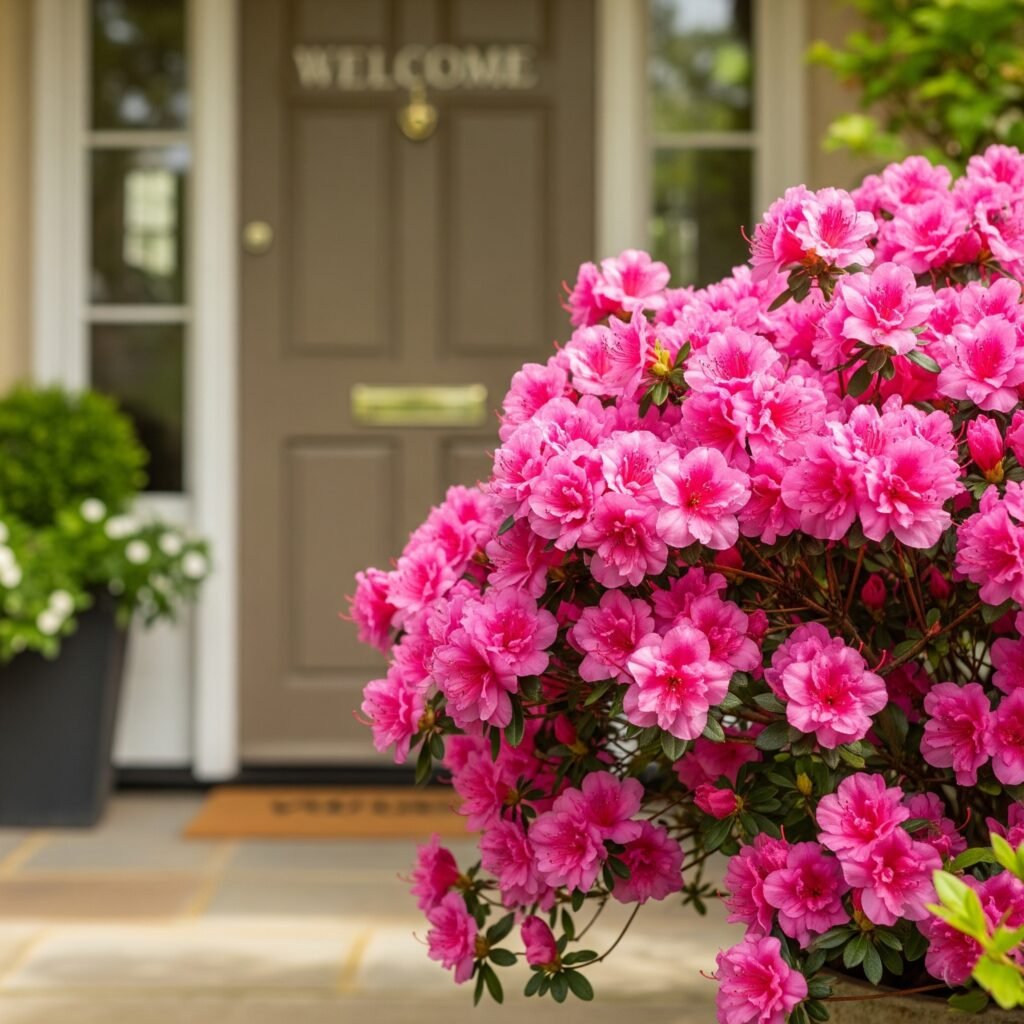
8. Weigela That Won’t Take Over
An impulse purchase, the ‘Dark Horse’ weigela remains one of the best decisions I ever made in the garden. I lace an opulent and dramatic dark backdrop of foliage with them all, and then let the trumpet flowers do the rest of the wooing, which includes bringing hummingbirds almost to my kitchen window.
What Makes It Special:
- Expensive-looking deeply bronze-purple leaves
- Hummingbird-loved pink trumpet flowers
- Stays compact without any pruning
- Looks pretty even when it isn’t in bloom
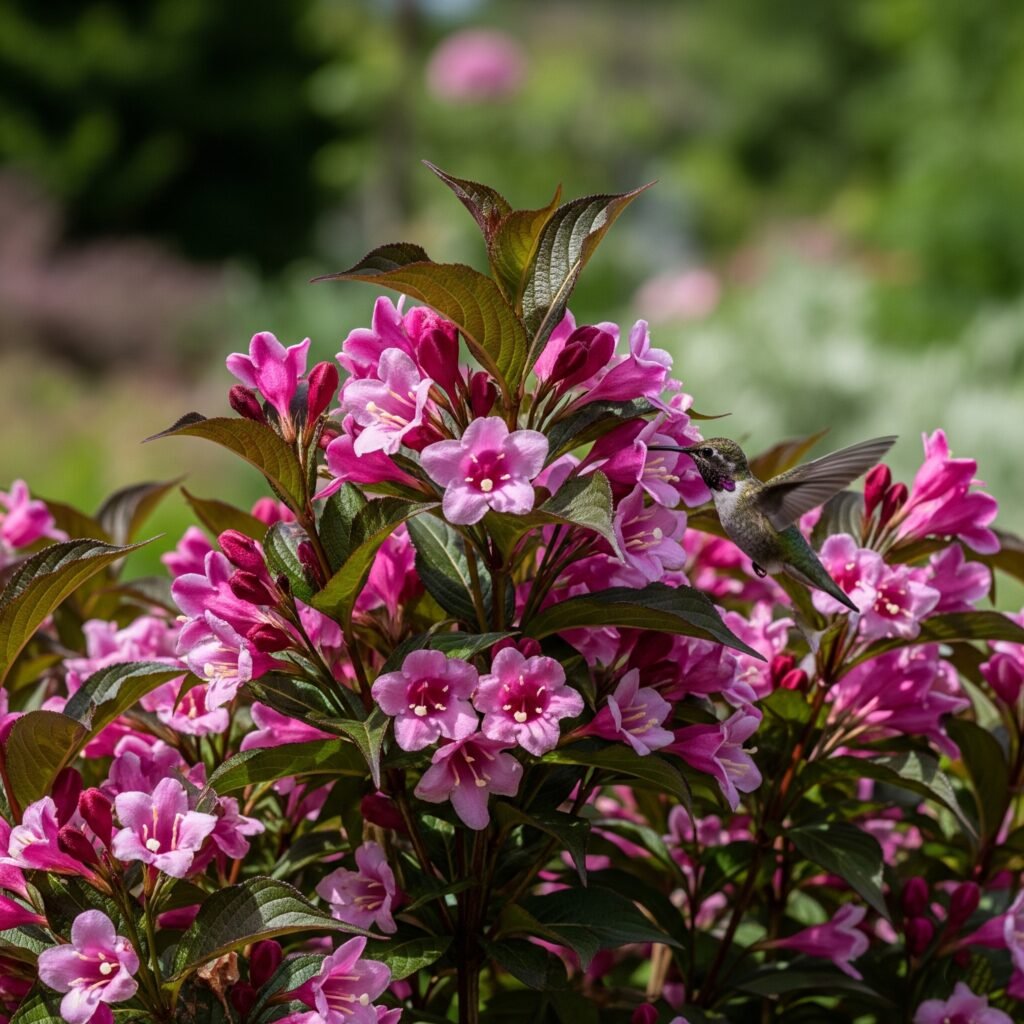
9. Forsythia That Knows Its Place
I swerved away from forsythia in my early years of gardening, because my grandmother’s ran rampant across her property, requiring major hacking back at the least. Then I found “Show Off Starlet,” and there was a whole new world!
Modern Forsythia Magic:
- All the spring yellow that you love, none of the sprawl you don’t
- Remains compact and 3 ft tall and wide
- Golden blossoms that virtually envelop branches
- Attractive green folliage after flowers are gone
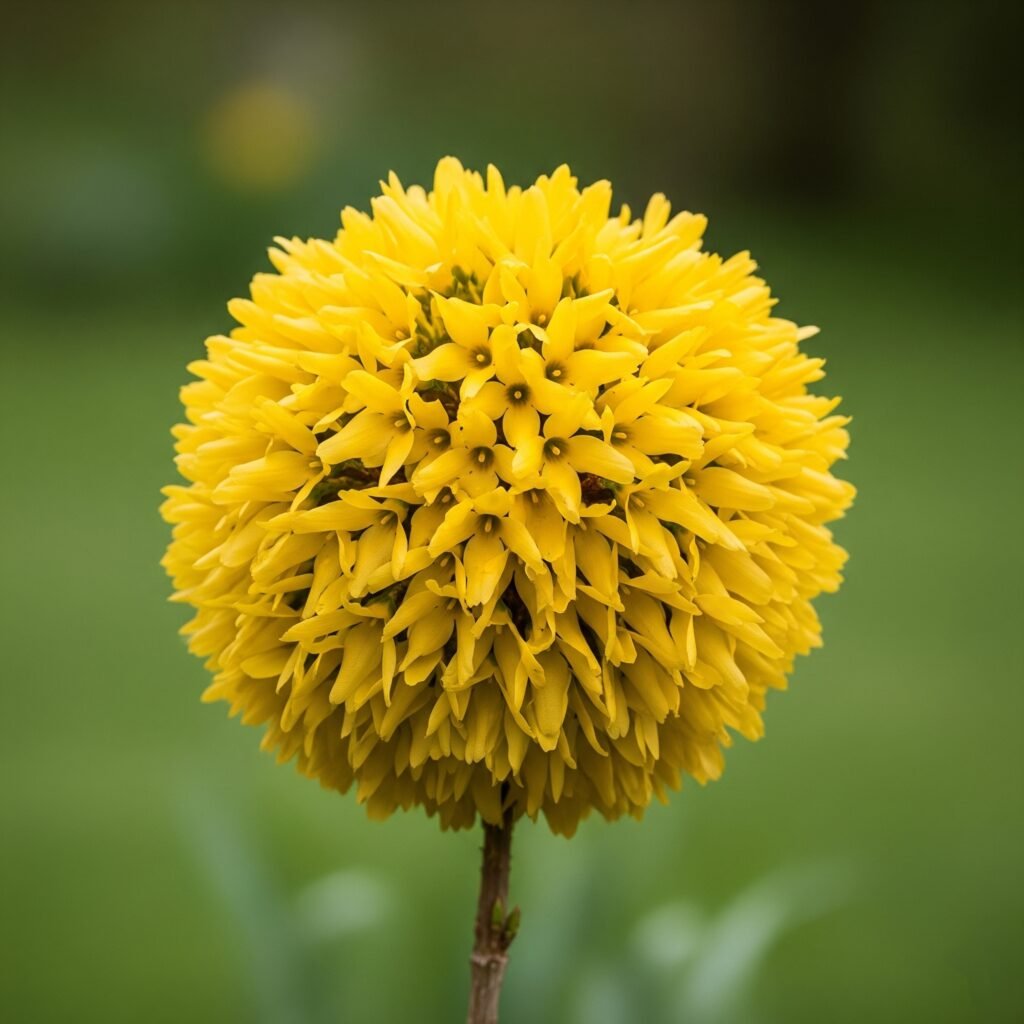
10. Deutzia – Lovely Soft Beauty Combined
Deutzia Gentle Charm, Strong Spirit Passing by the local garden center, I was advised to pick out the Yuki Cherry Blossom deutzia by my regular spot and I’ll tell ya, I’m glad I did! This tiny beauty is soft in nuance and yet strong in will.
Delightful Features:
•Clusters of small pink flowers resembling cherry blossoms
• Compact, tidy growth habit
• Brings beneficial insects and hummingbirds
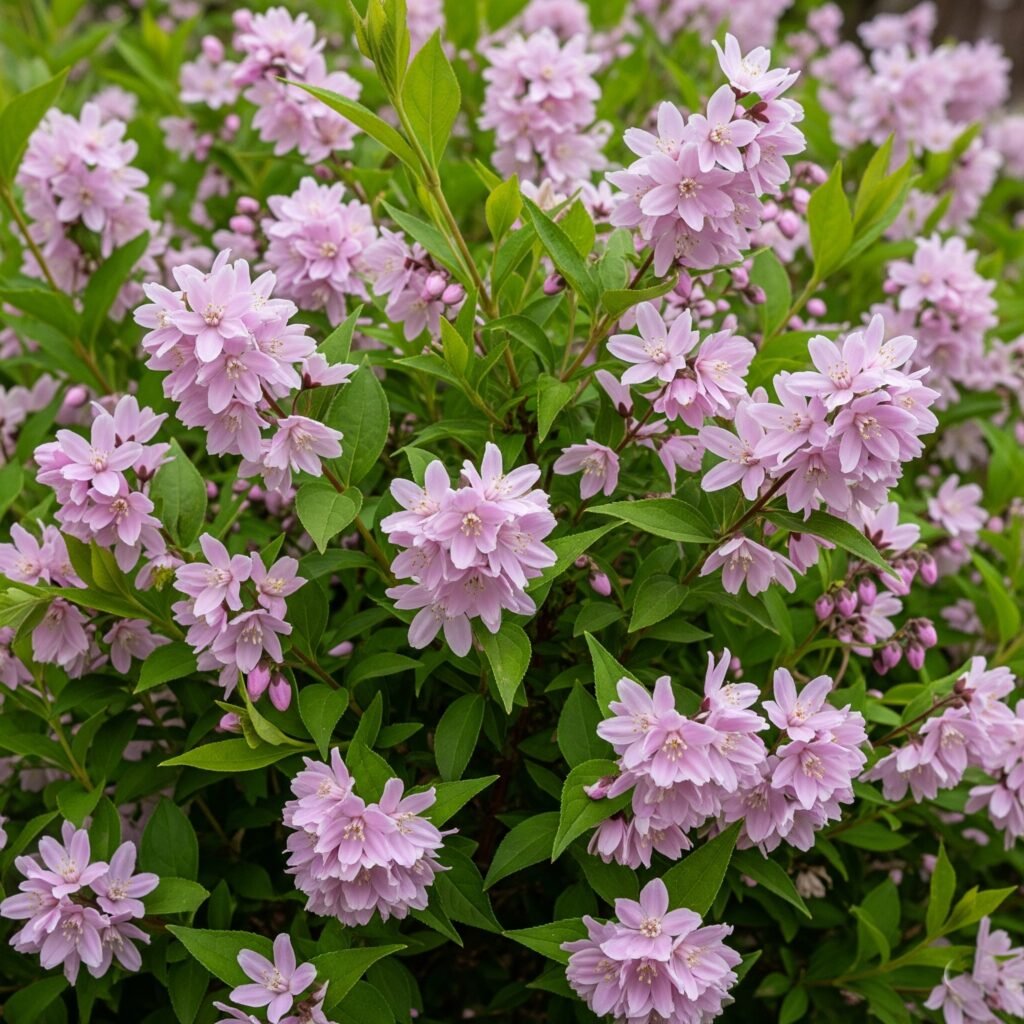
11.Ninebark – The Color Chameleon
The ninebark ‘Tiny Wine’ has become my secret weapon for drama in the landscape. This perennial beauty undergoes a transformation as the seasons progress, behaving like a living kaleidoscope!
Native Superpowers:
- Deep burgundy foliage deepens in fall
- White bunches of flowers that pollinators go mad for
- Funky seed heads for winter texture
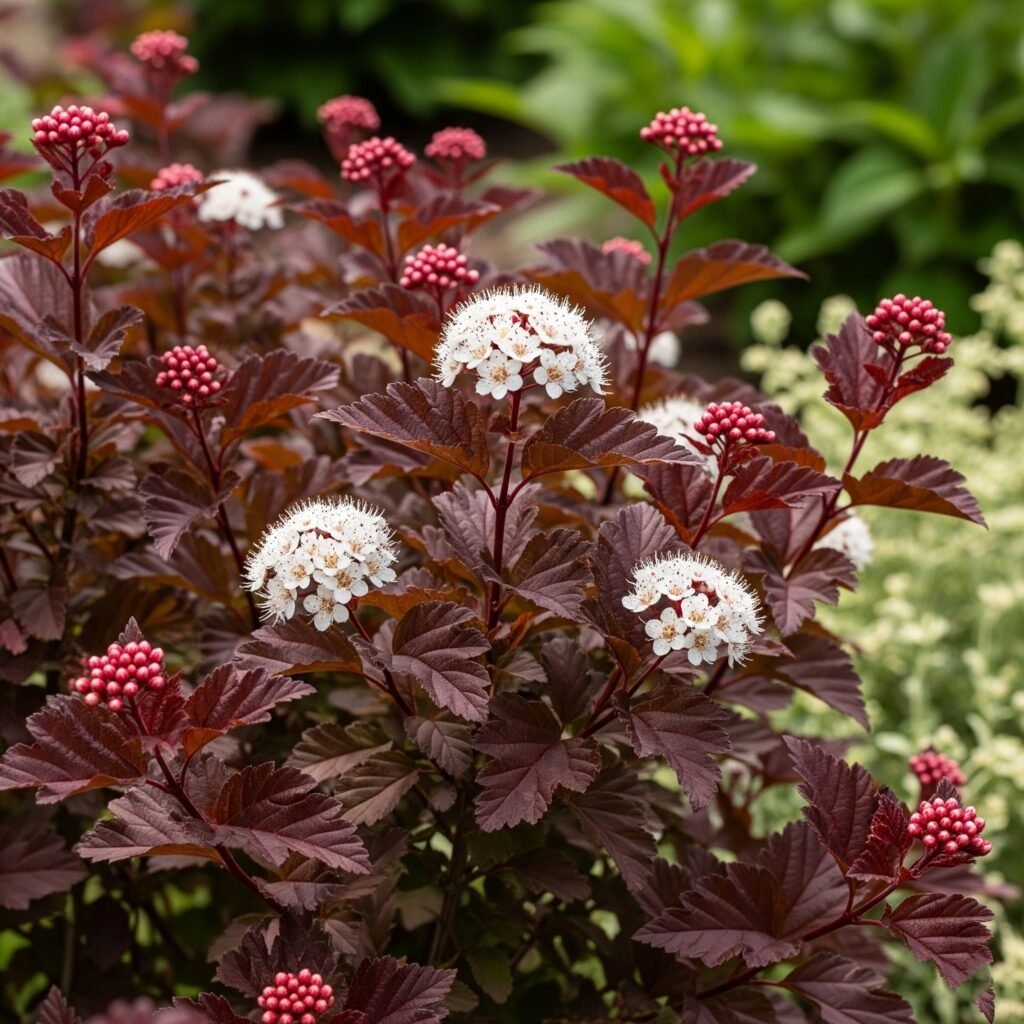
12. Summersweet – The Fragrance Queen
I planted summersweet for the first time and had no notion that I’d be as besotted with its fragrance as I am. Now, on every July evening, I make a point of walking by just to have a whiff of that amazing sweet smell.
Sensory Delights:
- Fragrant, flower spikes mid-summer
- Flowers at a time when most other shrubs are resting
- Native plant that supports local wildlife
- Naturally compact and well-behaved

13. Viburnum – The Wildlife Amplifier
My “Blue Muffin” viburnum is an all-night diner for songbirds! Flower in spring, berries in summer, color in fall this is the plant that keeps on giving.
Multi-Season Superstar:
- Blooms of spring are followed by showy blue berries
- The lineup for the berry buffet for birds
- Beautiful fall foliage color
- Naturally round, compact growth

14. Oakleaf Hydrangea – The Texture King And that’s not all
My column almost passed on oakleaf hydrangea because, I assumed, well, “all hydrangeas are high-maintenance.” My ‘Pee Wee’ variety proved me wrong entirely and is now one of my all time favourite plants.
Welcome Surprises:
- Large, cone-shaped blossoms that mature beautifully
- Slick, oak-style leaves that lend intriguing texture
- Wonderful cinnamon-color exfoliating bark
- A few compact types that will remain small and controllable
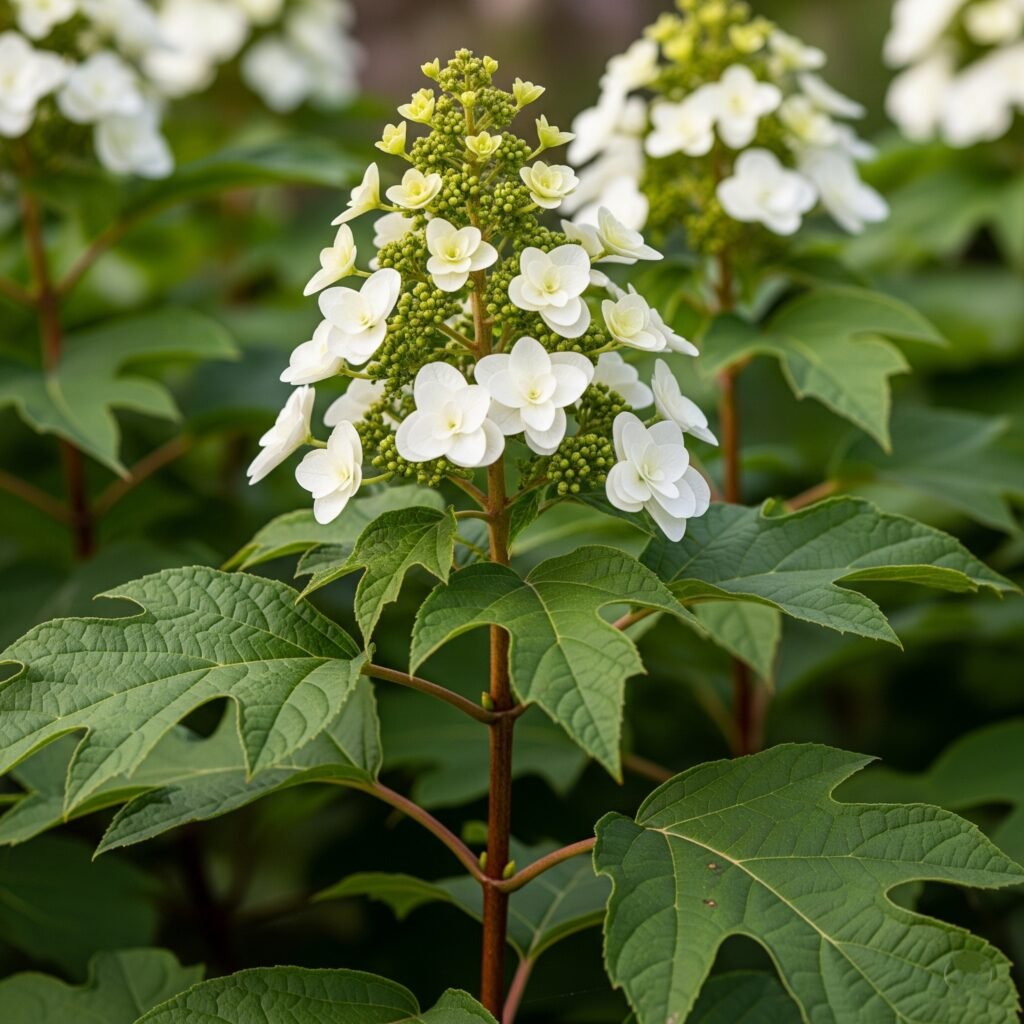
15. Spicebush – Shade Plant
Spicebush was the solution for that impossible shady spot I couldn’t fill under my maple tree. This native plant of the understory lit and enlivened the darkest corner of my garden.
Shade Garden Champion:
- Thrives in the shade when most don’t
- Amazing bright yellow fall color
- Delicate, soft branching growth habit
- Native plant supporting local ecosystem
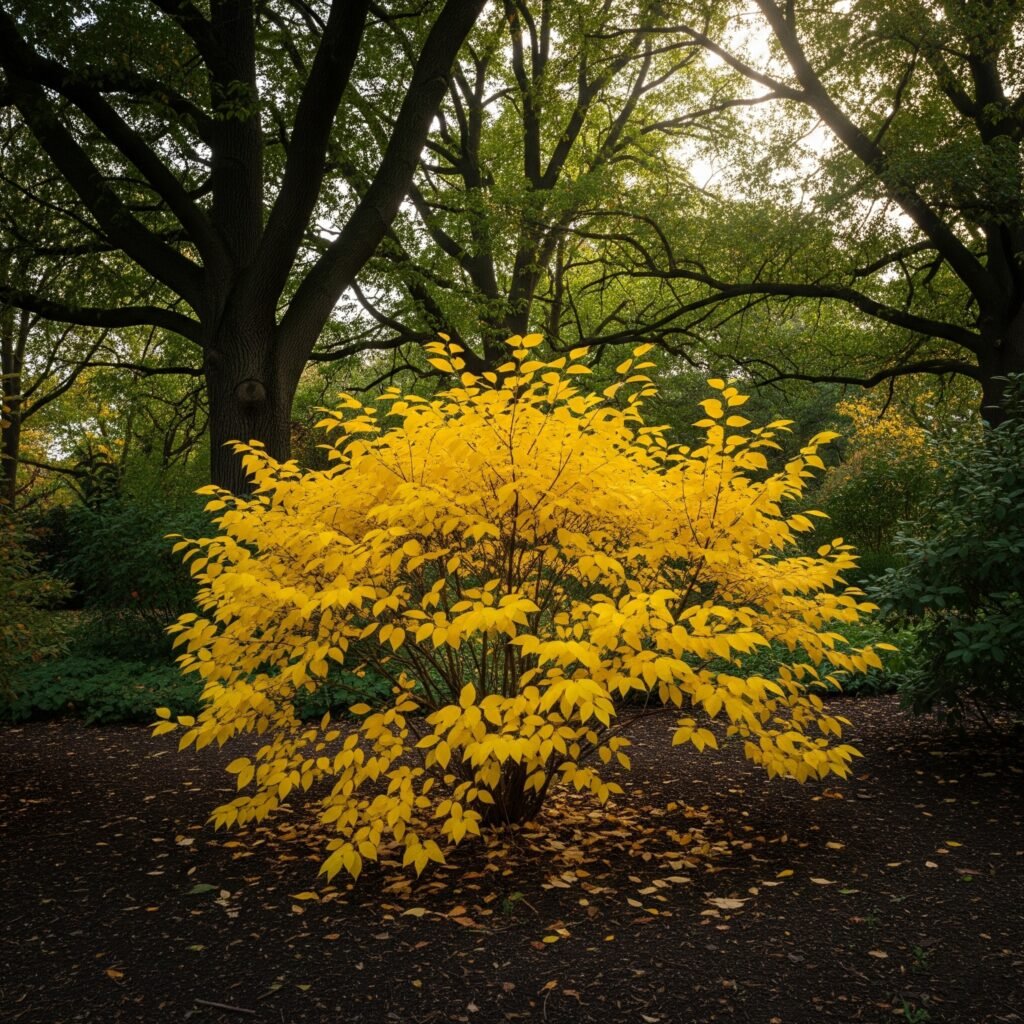
Little Gems for Small Spaces
Small space, big impact! And small they are but I would argue that, in the case of these little charmers, size doesn’t matter!
16. Dwarf Bottlebrush – The Great Conversationalist
A dwarf bottlebrush: I planted it on a whim and it’s the most talked-about plant in my garden. Those strange, incredible flowers always stop visitors in their tracks!
Exotic Appeal:
- Bright red cylindrical flowers that look like actual bottle brushes
- Drought-tolerant once established
- Aromatic foliage that smells amazing when brushed
- Compact size perfect for small gardens
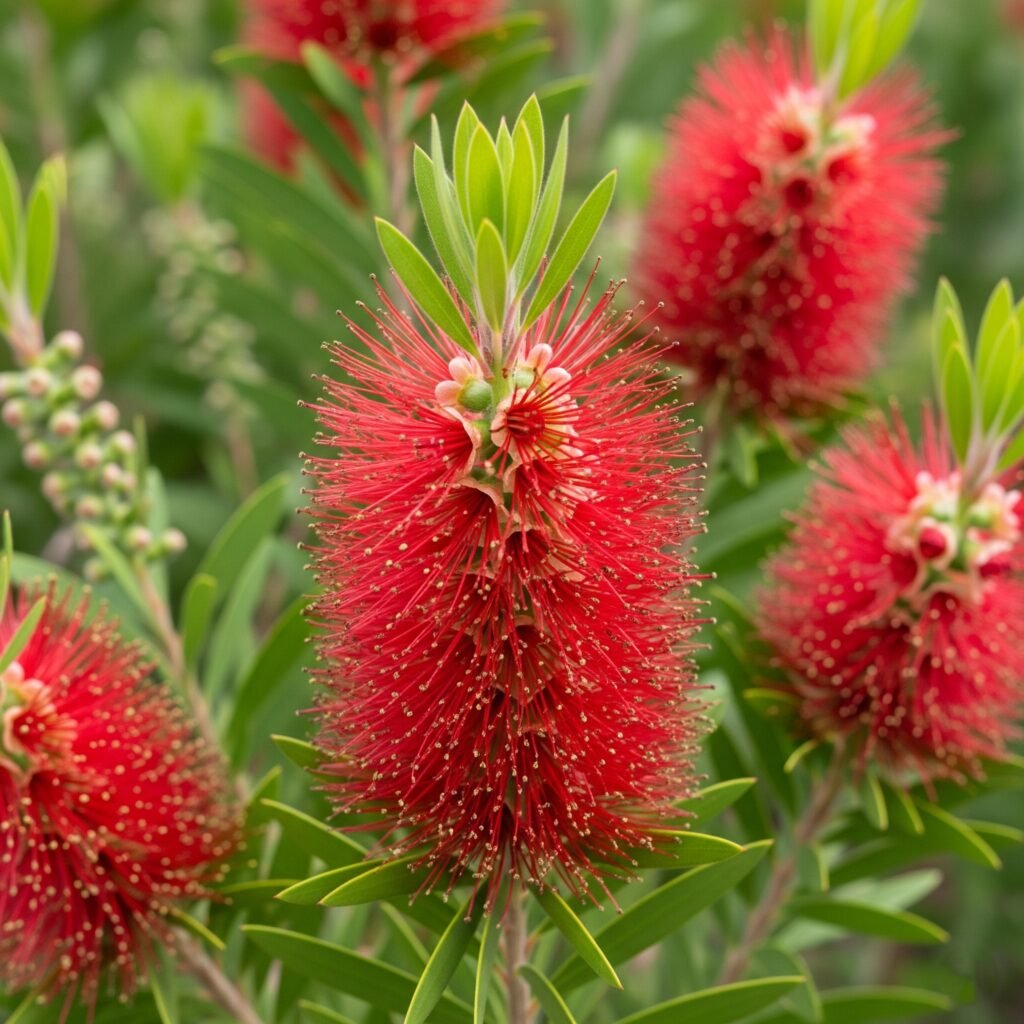
17. Barberry That Behaves
After years of avoiding barberry because of horror stories about invasive varieties, I discovered ‘Sunjoy Todo.’ This well-mannered version gives you all the gorgeous color without any of the problems.
Compact Color Powerhouse:
- Deep purple foliage that looks expensive
- Naturally rounded, dense growth
- Stays under 3 feet without any help
- Seedless variety that won’t spread
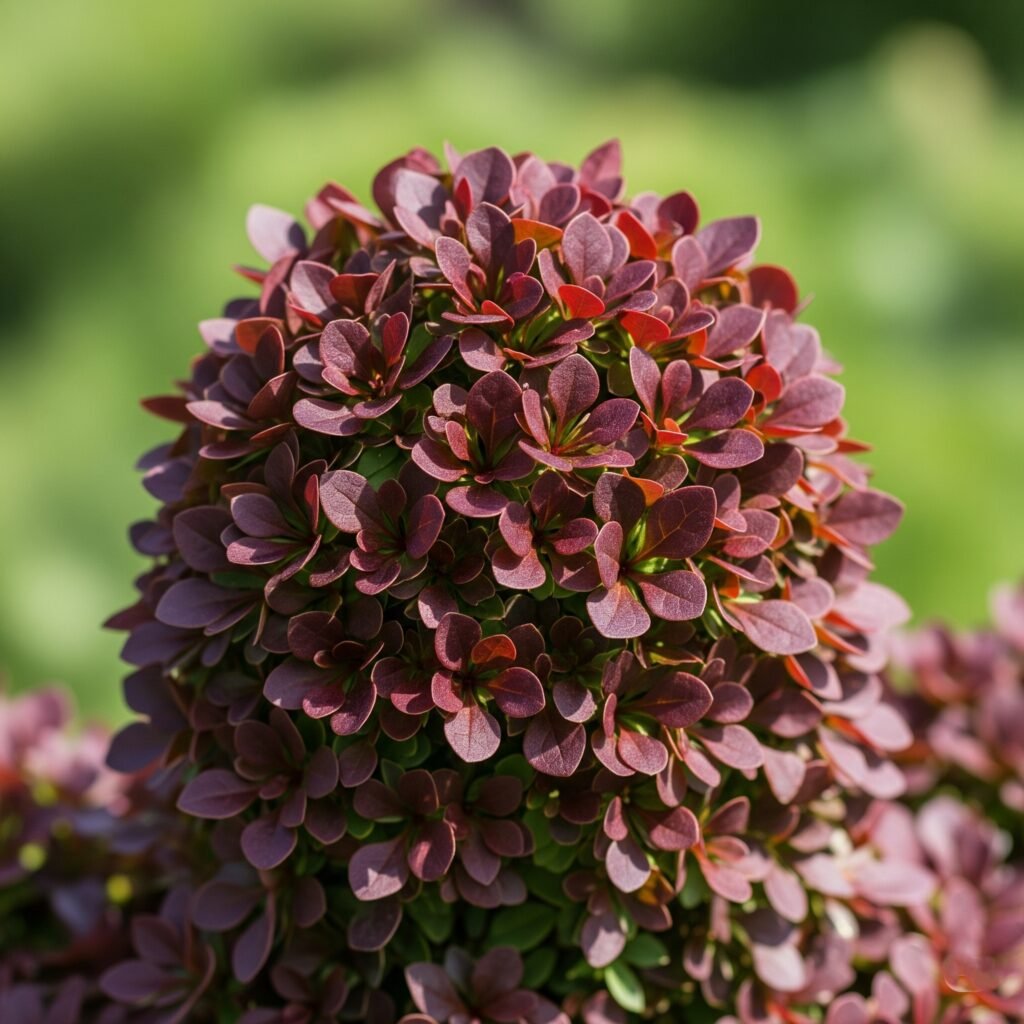
18. Miniature Conifers – Living Sculptures
My collection of dwarf conifers started with one ‘Dragon Prince’ cryptomeria and has grown to include five different varieties. They’re like living sculptures that never need adjusting!
Miniature Marvels:
- Perfect shapes that develop naturally
- Different textures and colors to choose from
- Extremely slow growth (we’re talking inches per year)
- Ideal for containers or small gardens
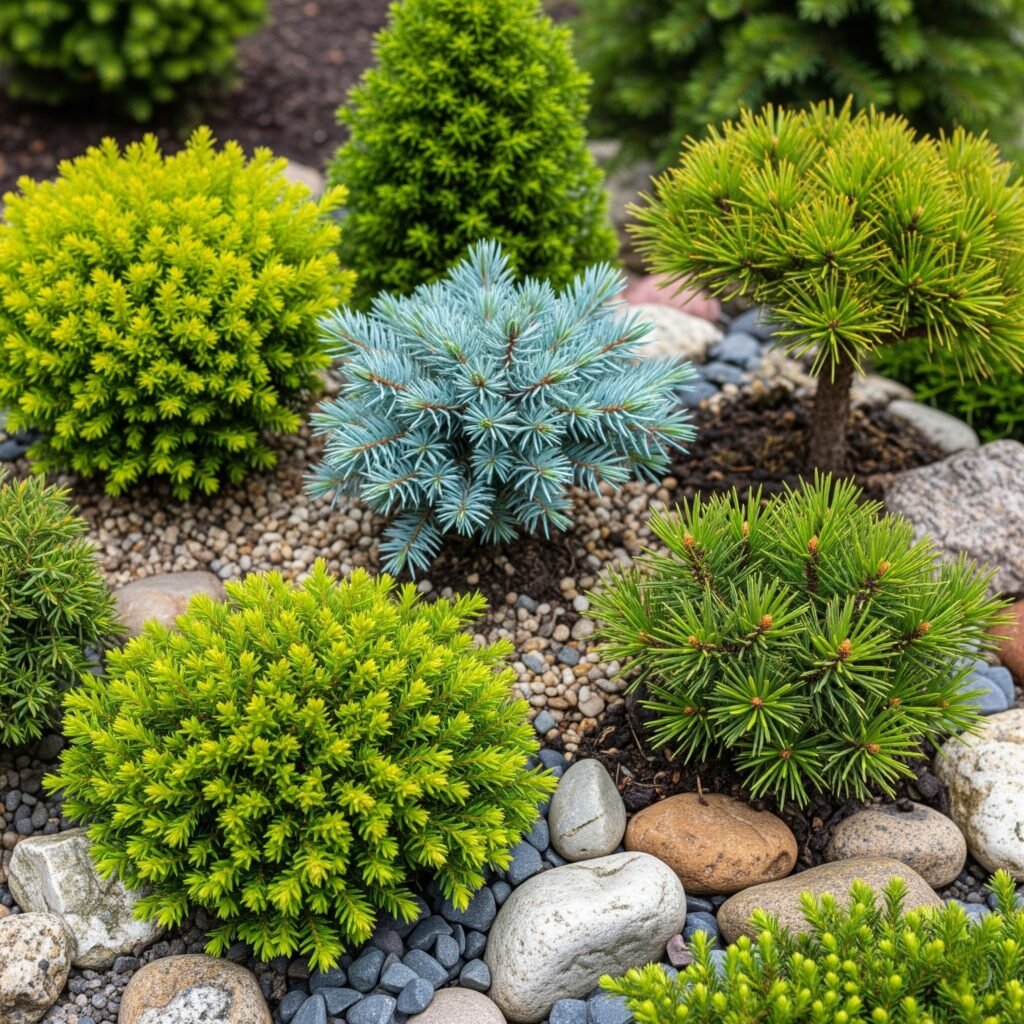
Year-Round Showstoppers
The best low maintenance shrubs earn their keep by looking good in all four seasons. These multi-talented plants work overtime so you don’t have to!
19. Smokebush – The Drama Queen (in a Good Way)
My ‘Winecraft Black’ smokebush is hands-down the most dramatic plant in my garden. From spring’s burgundy foliage to summer’s wispy flowers to fall’s intense color, this plant is never boring.
Year-Round Drama:
- Deep burgundy foliage that looks almost black in certain light
- Unique “smoky” flower plumes that create an ethereal effect
- Incredible fall color intensity
- Naturally attractive branching structure in winter
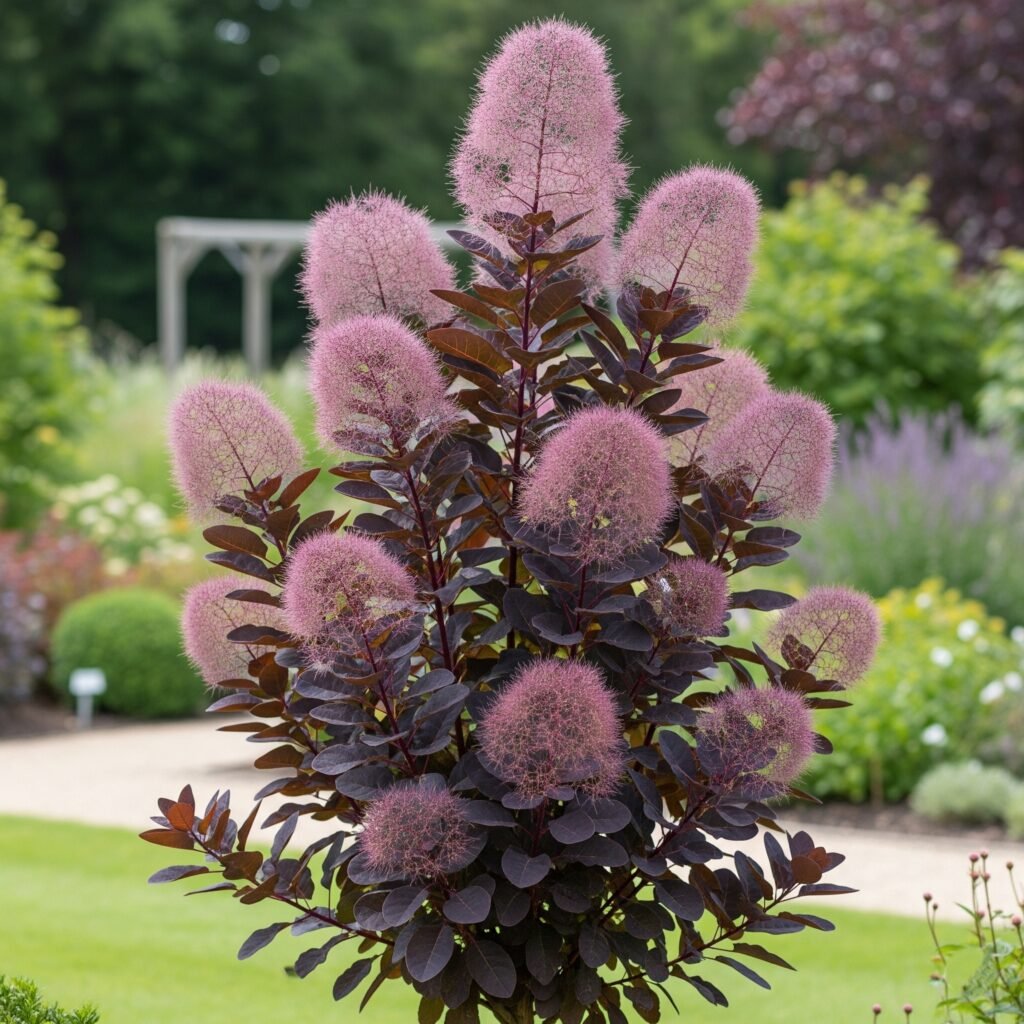
20. Witch Hazel – The Winter Miracle
I put in my little witch hazel three years ago, and it has completely transformed my feelings about winter in my garden. When all else is asleep and brown, this magical plant lights up with flowers!
Winter Magic:
- Fragrant spidery flowers in the depths of winter
- Blooms on bare branches for incredible visual impact
- Excellent yellow fall foliage
- Naturally graceful, open form
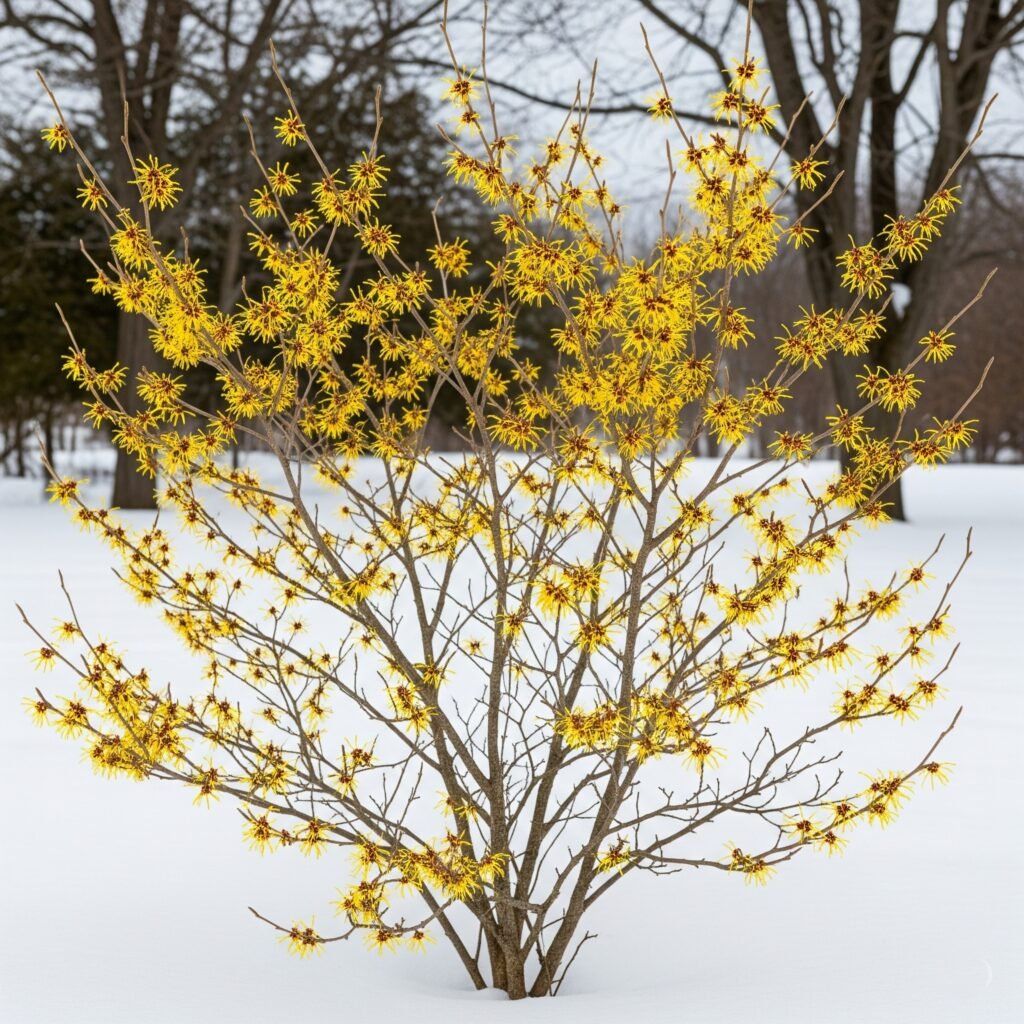
FAQs
What makes a shrub truly low maintenance?
Easy care shrubs will naturally retain a nice, compact shape all by themselves without a need for regular maintenance. They are also generally drought tolerant once established and resistant to pests and diseases, and they can be grown in a wide range of conditions. The best ones are easy to grow, with clean growth habits, and they are able to hold their own without pruning.
Are low maintenance shrubs pruned ever?
Although you don’t need to regularly shape these shrubs, you may need to snip off any dead, damaged, or diseased review post branches. They seldom require any pruning except the removal of dead branches, placing them among the no-effort plants. Some gardeners also do some light cleanup pruning for aesthetic reasons, but it is not essential for plant health.
Can low maintenance shrubs work in a small garden?
Absolutely! Several low maintenance shrubs are available in short or dwarf forms that fit well into smaller areas. The small size (2 to 4 feet tall) of types such as ’Eleanor Taber’ and ’Ballerina’ favors their use in tight spaces where they can provide lovely flowers and foliage.
Are native plants automatically also the best low-maintenance option?
Because they’re naturally accustomed to local conditions, native plants are often good choices, but they’re not the only ones. Lots of well behaved non-natives have shown their value to be low maintenance and easy care across the country. The trick is to select plants that are adapted to your growing conditions.

